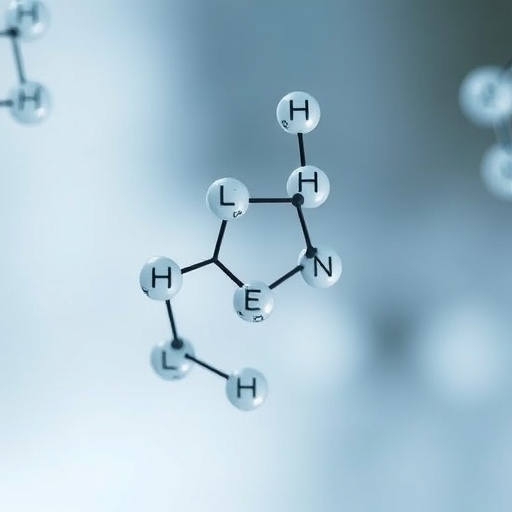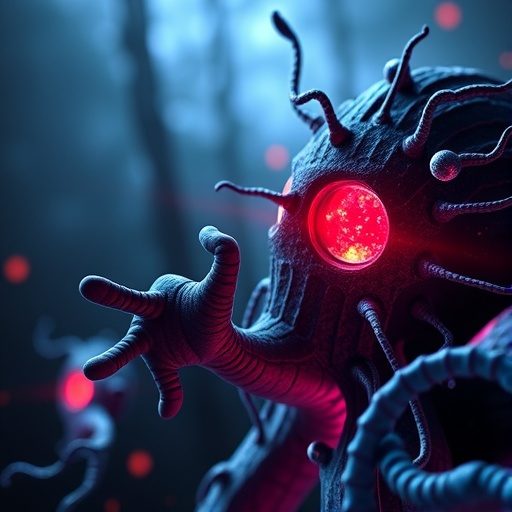Review published in BMJ Open finds an average of at least 1 potential concussive event occurred per game during the 2016 UEFA European Championship and nearly 3 in 4 of the incidents did not result in a medical assessment
An average of at least one potential concussive event occurred per game during the 2016 UEFA European Championship and nearly three quarters of the head collision incidents did not result in a medical assessment by sideline health-care personnel, according to a review published today in the journal BMJ Open.
Potential concussive events (PCEs) were defined for the study as head impact injuries (through direct contact with another athlete, ball, or object in the environment) that resulted in the athlete being unable to immediately resume play. Athletes involved in PCEs were observed for six established observable physical signs of concussion: slow to get up (defined as a duration of five or more seconds following impact); clutching of the head; disorientation; loss of consciousness; seizure-like behaviour; and signs of obvious disequilibrium.
A team of trained observers, led by neurosurgeon Dr. Michael Cusimano of St. Michael’s Hospital in Toronto, reviewed the 51 games of the tournament and identified 69 PCEs, an average of 1.35 per match.
Of the PCEs, 49 (nearly 70 percent) involved two observable signs of concussion, 13 (nearly 20 percent) had three signs, and one (1.4 percent) had four signs. Only 19 (27.5 percent) of the PCEs sparked a medical assessment by sideline health-care personnel.
The researchers noted four players sustained two separate PCEs over the course of the tournament while two sustained three separate PCEs. All 19 of the medically assessed PCEs concluded with the athlete returning to play following a brief assessment.
The results of this review — along with recent headlines about Tottenham defender Jan Vertonghen’s controversial return to play after suffering a head injury in the Champions League semi-final with Ajax — suggest there is a need to mandate the assessment and management of players suspected of concussion in line with recommendations set by the Concussion in Sport Group, said Dr. Cusimano.
The Concussion in Sport Group has recommended that when an athlete shows any sign of concussion they should be evaluated by a physician or another licensed health-care provider onsite and prevented from returning to play in the event of a positive diagnosis.
Despite an endorsement by the Fédération Internationale de Football Association (FIFA), it is clear that lapses in proper protocol are common, said Dr. Cusimano, whose previous review of possible concussions in the 2014 Men’s FIFA World Cup — published in 2017 by the Journal of the American Medical Association — found that 63 percent of PCEs were not medically assessed.
“It is now well known players in this sport have high rates of concussion. It’s imperative that the highest levels of the sport assess potentially concussed athletes appropriately. Given the “trickle-down” effect from professional levels to youth and informal play, the health and future performance of players at all levels demand that groups like FIFA and UEFA follow the protocols to which they were a signatory.” Dr. Cusimano said.
The next UEFA European “Euro” Championship is being hosted in several European nations in June and July of 2020. Dr. Cusimano said “the organizers of this tournament have an outstanding opportunity to show global leadership in health. By instituting proper assessment protocols for those with suspected concussion, they will not only protect the health of hundreds of millions of people’s who play this sport around the world, but also, show other professional sports that people’s brain health is worth a proper assessment.”
###
About St. Michael’s Hospital
St. Michael’s Hospital provides compassionate care to all who enter its doors. The hospital also provides outstanding medical education to future health care professionals in more than 29 academic disciplines. Critical care and trauma, heart disease, neurosurgery, diabetes, cancer care, care of the homeless and global health are among the Hospital’s recognized areas of expertise. Through the Keenan Research Centre and the Li Ka Shing International Healthcare Education Centre, which make up the Li Ka Shing Knowledge Institute, research and education at St. Michael’s Hospital are recognized and make an impact around the world. Founded in 1892, the hospital is fully affiliated with the University of Toronto.
About Unity Health Toronto
Unity Health Toronto, comprised of Providence Healthcare, St. Joseph’s Health Centre and St. Michael’s Hospital, works to advance the health of everyone in our urban communities and beyond. Our health network serves patients, residents and clients across the full spectrum of care, spanning primary care, secondary community care, tertiary and quaternary care services to post-acute through rehabilitation, palliative care and long-term care, while investing in world-class research and education. For more information, visit http://www.
Media Contact
Michael Oliveira
[email protected]




